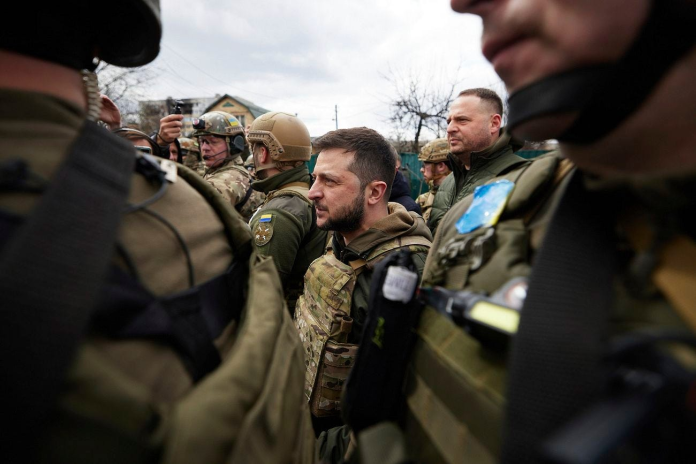
More than 90 percent of Russia’s top GRU units could have been destroyed in Ukraine a number so high that it contradicts entrenched expectations of Moscow’s military staying power. It is not an isolated claim, though, but fits with growing evidence of disastrous losses among Russia’s best-trained troops. To military historians and defense analysts, the annihilation of these units is something greater than a statistic on the battlefield; it indicates a profound break within Russia’s special operations and intelligence capability.

The GRU, long respected as the point of Russian military power, has traditionally been protected from the systemic vulnerabilities afflicting the rest of the armed forces. But the war in Ukraine has revealed weaknesses in training, logistics, morale, and strategic acumen that even these above-mentioned elite units were unable to bypass. Based on battlefield reports, strategic analysis, and economic reports, this listicle breaks down the most important reasons for the decimation of the GRU and examines their implications for Russia’s future military stance.
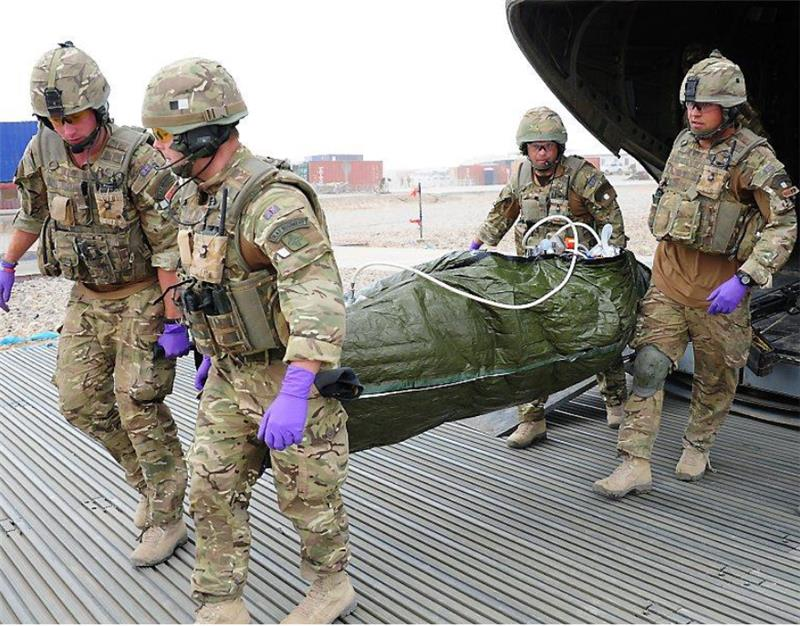
1. Disastrous Attrition among Elite Units
The more than 90 percent reported loss of GRU personnel is a level of devastation without precedent in contemporary Russian military history. At least 6,083 of Russia’s best-trained soldiers have been killed in action since the war started, BBC Russian service data reveal. It wasn’t easy to replace them years of technical training and millions of dollars of investment went into making them what they were. At the outset of the war, GRU troops led attacks, frequently into dangerous urban and reconnaissance operations, taking disproportionate losses. When exhausted, they were replenished by mobilized conscripts and even prisoners, significantly diminishing Russia’s ability to conduct operational intelligence.
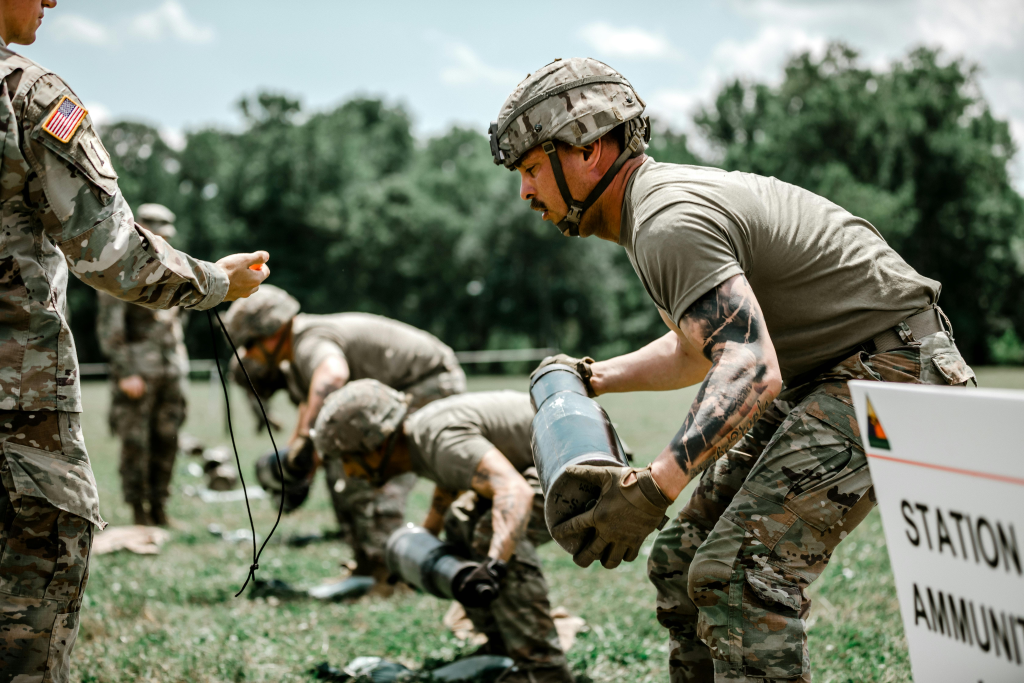
2. Training Shortfalls and Outdated Doctrine
Detained staff and unaffiliated analysts note glaring imbalances in readiness: typical Ukrainian troops receive five weeks of preparation prior to deployment, many times more than the bare minimum Russian recruits are provided. Historical comparisons are damning Allied forces in WWII completed at least 22 weeks of training prior to combat. The Russian method is still based on scripted drills and central control, a legacy of autocracy that discourages battlefield initiative. According to CEPA’s assessment, the lack of a strong noncommissioned officer corps and heavy reliance on rote drill have placed Russian units unprepared for the dynamic nature of contemporary warfare.
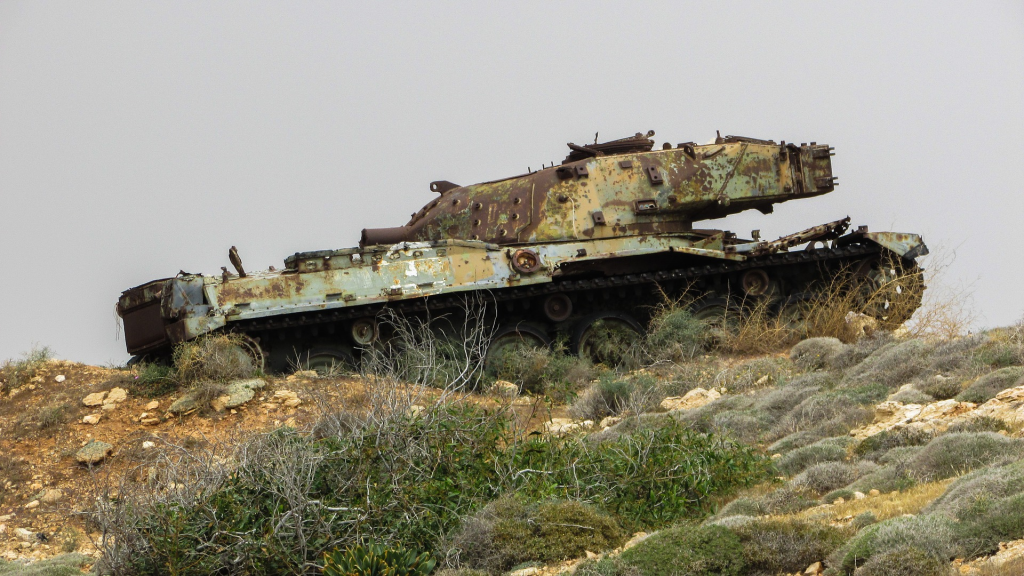
3. Shortages and degradation of equipment
GRU units, meant to function with premier equipment, have suffered shortages and worn-out gear. Front reports tell of tanks without explosive reactive armor and vehicles that frequently break down as a result of inadequate maintenance. Sanctions have compounded these problems, restricting the availability of vital parts and interrupting repair cycles. As noted by Dr. András Rácz, Russia is using more reactivated Soviet-era stockpiles, such as 60-year-old T-62 tanks, because production of newer systems such as the T-90 cannot keep up with battlefield demand.

4. Strategic Overextension and Gradual Battlefield Progress
Russia’s broader operational context has magnified GRU losses. Since January 2024, Russian forces have advanced an average of only 50–135 meters per day in key sectors slower than offensives in World War I. Territorial gains of less than 5,000 square kilometers in 2025 contrast sharply with the 120,000 seized in the war’s opening weeks. This grinding attrition warfare, described in CSIS data, forces elite units into prolonged exposure without decisive breakthroughs, compounding casualties.

5. Economic Burden and Sanctions Effect
Russia’s “military Keynesianism” has funded war expenditures but at the expense of longer-term economic wellbeing. Sanctions on energy exports and technology have imposed pinch points on the defense industry, with implications seen in the field. The pause in gasoline exports in early 2025 highlighted refinery weaknesses exacerbated by Ukrainian drone attacks. The inability to replace high-value assets Beriev A-50 airborne early warning aircraft being an example means some losses are irreparable, further reducing the effectiveness of elite units.

6. Structural Command Weaknesses
A reluctance to decentralize command has hamstrung Russian flexibility. Even the elite GRU remains under the same inflexible hierarchy as the rest of the military. Orders cascade downward with minimal latitude for initiative, hampering the Observe–Orient–Decide–Act cycle and exposing units to quickly shifting battlefield conditions. Past trends, dating back to Tsarist era and Soviet Afghanistan, indicate that this centralization is deeply rooted and immune to change.

7. Morale Breakdown and Recruitment Issues
Low ideological motivation in recruits many enlisting solely for money has resulted in fragile morale in combat. Increasingly, as attrition grows, Russia’s monthly intake of 25,000–30,000 soldiers more and more draws on less talented reservoirs. The difference in quality between Russian and Ukrainian troops is broadening, with Ukraine enjoying ongoing Western training and arms. For the GRU, this translates into fewer potential recruits possessing the intellect for intricate intelligence and special operations work, further spurring the reduction in operational levels.
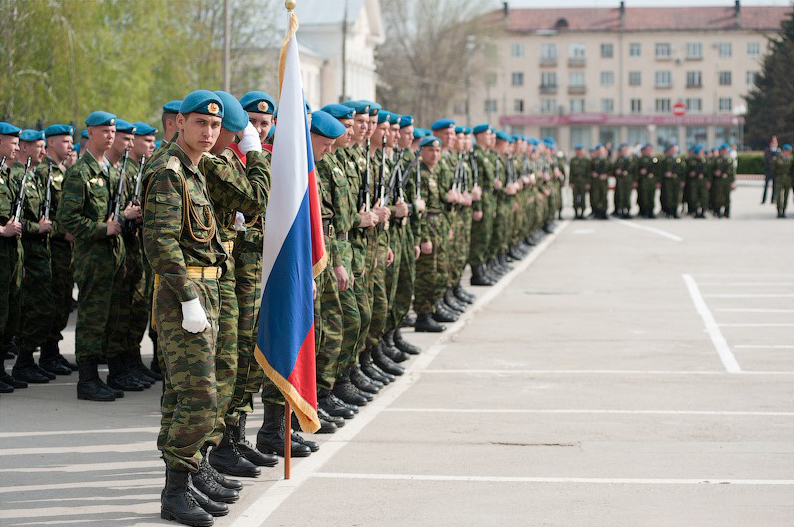
Russia’s near-destruction of its GRU troops in Ukraine is not so much due to intense fighting it is the culmination of systemic training, equipment, strategy, and governance failures. For Moscow, it will take more than simply restocking these forces more than filling bodies, really it requires an address of deep-rooted cultural and structural issues that have long proven resistant to change. For defense experts, the GRU disaster’s value lies in the study of how superior military units can be unraveled when ambition in strategy gets ahead of institutional capability.
